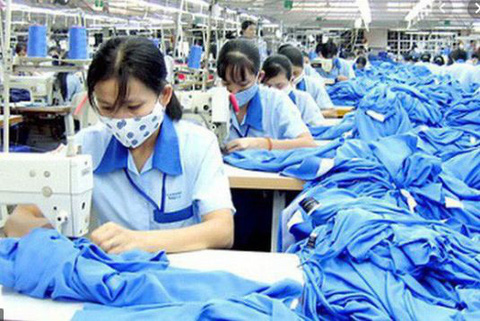Vietnam and India have much potential for cooperation in the textile and garment sector. India owns a long-standing textile industry, with the strength based on a wide range of natural fibers such as cotton, jute, silk and wool that is valuable for Vietnam to boost cooperation in the sector.
On December 30, the Vietnamese Trade Office in India and the Indian Importers Chambers of Commerce and Industries (IICI) held an online conference to seek partnership opportunities in the garment and textile sector.
 |
|
Photo: Internet
|
Speaking at the event, the Chairman of the Apparel Export Promotion Council under the Ministry of Textiles of India said that the garment and textile sector makes up more than 2% to the country’s gross domestic product (GDP).
The sector has created jobs for more than 45 million labourers and made up 15 percent of the country’s total export revenue in the 2018-2019 fiscal year, he noted. India’s garment-textile market is estimated to be worth 100 billion USD in the 2018-2019 fiscal year.
In November 2020, the Indian government approved a project encouraging production integration in the textile and garment sector. The scheme provides incentives for manufacturing and exporting specific textile products made from man-made fibers (MMFs).
Mr. Bui Trong Thoan from the Vietnam Association of Foreign-Invested Enterprises said that Vietnam is among the few countries posting positive growth in 2020 with economic expansion of 2.91%, total import-export revenue of 543.9 billion USD and trade surplus of 19.1 billion USD.
For the textile and garment sector, Mr. Thoan said that FDI attraction will increase because the EU, China and Japan are big textiles and garments consumers which all have FTAs with Vietnam.
Meanwhile, Ms. Pham Minh Huong, former Managing Director of the Vietnam Garment and Textile Group (Vinatex), noted that Vietnam is currently the third largest garment-textile exporter in the world, after China and India.
As of the end of December 2020, export revenue of the product had hit 34 billion USD, a 14% decrease against 2019, marking the first year of reduction after decades of growth of about 10-15%.
However, in 2021, the sector is projected to enjoy a 9-15% rise in export, she stated./.
BTA